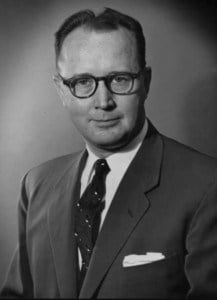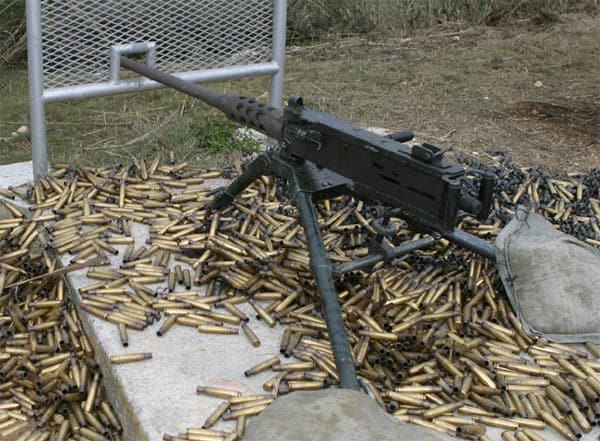
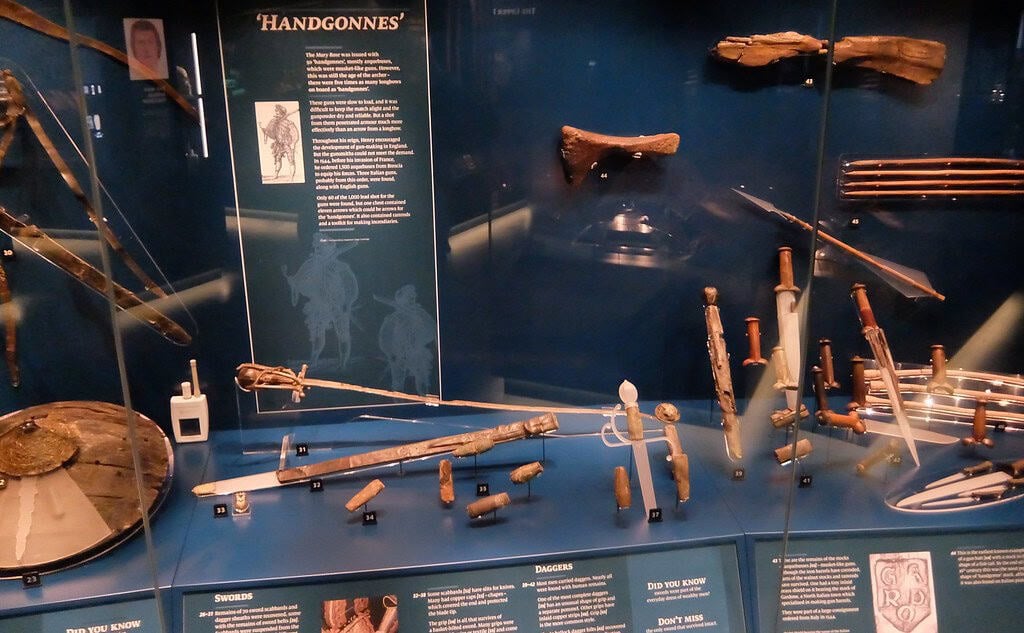
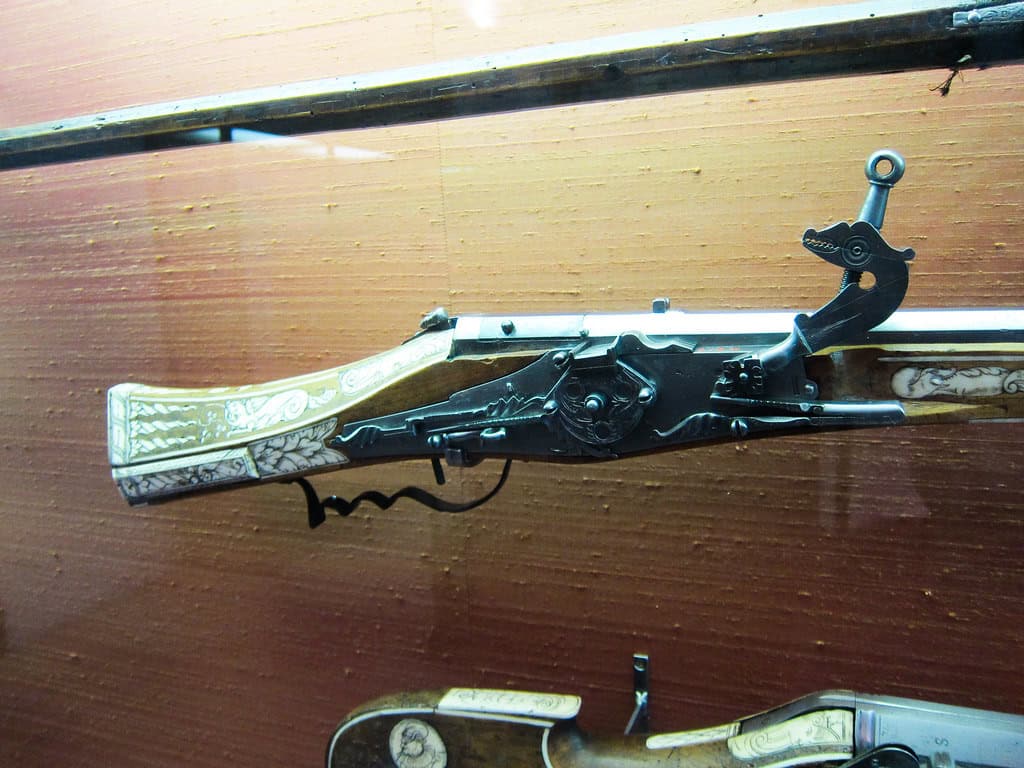
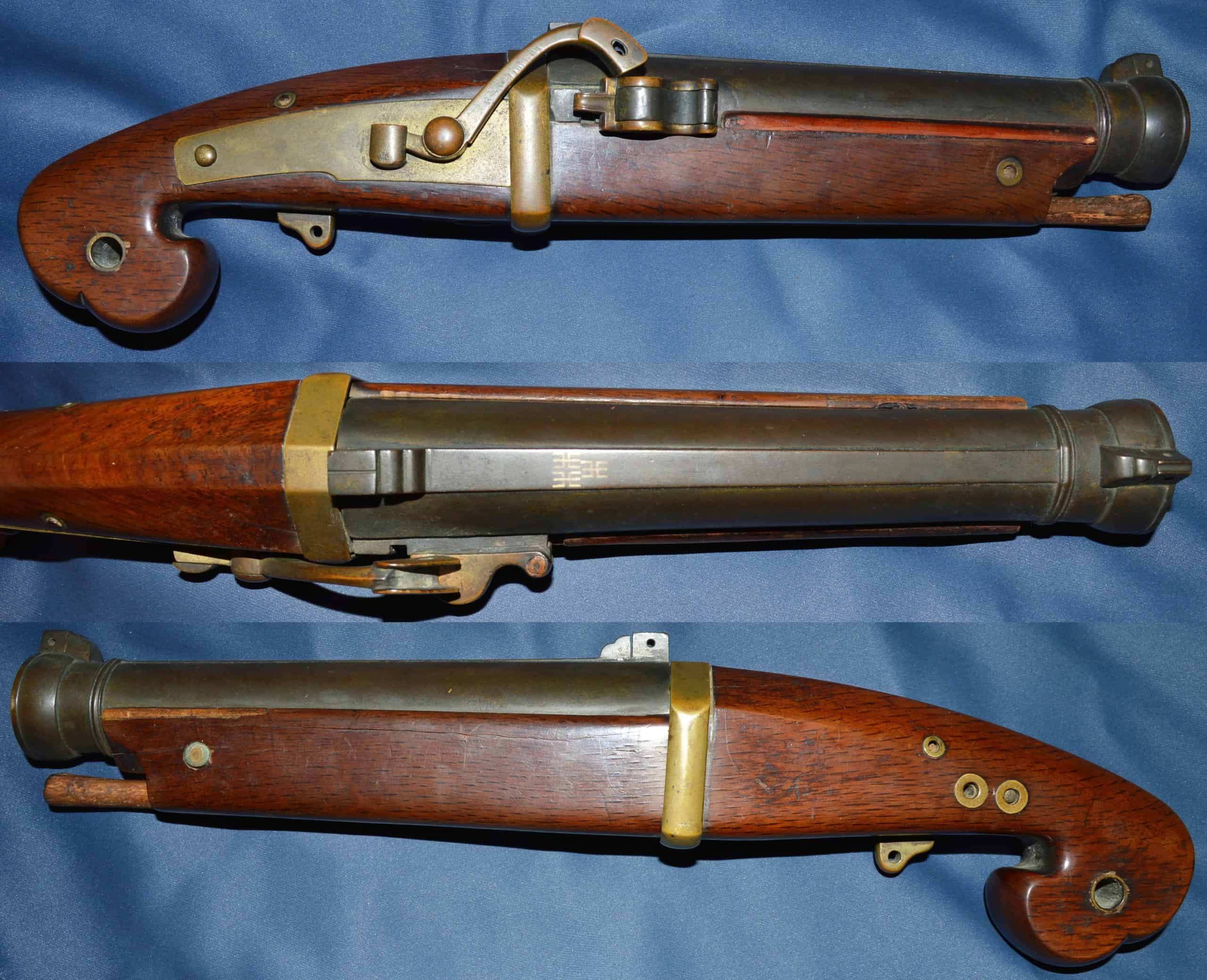



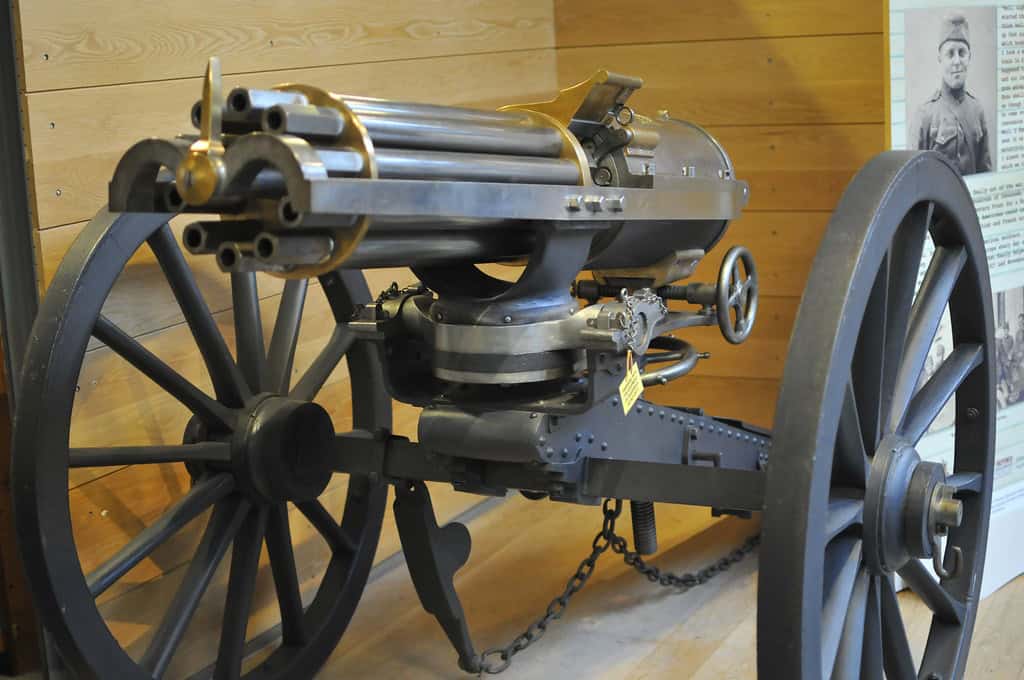


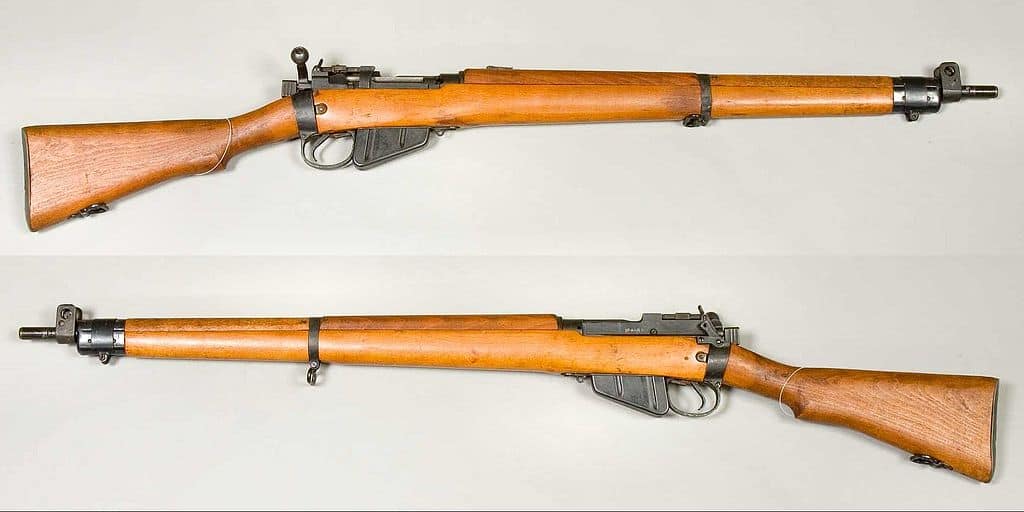
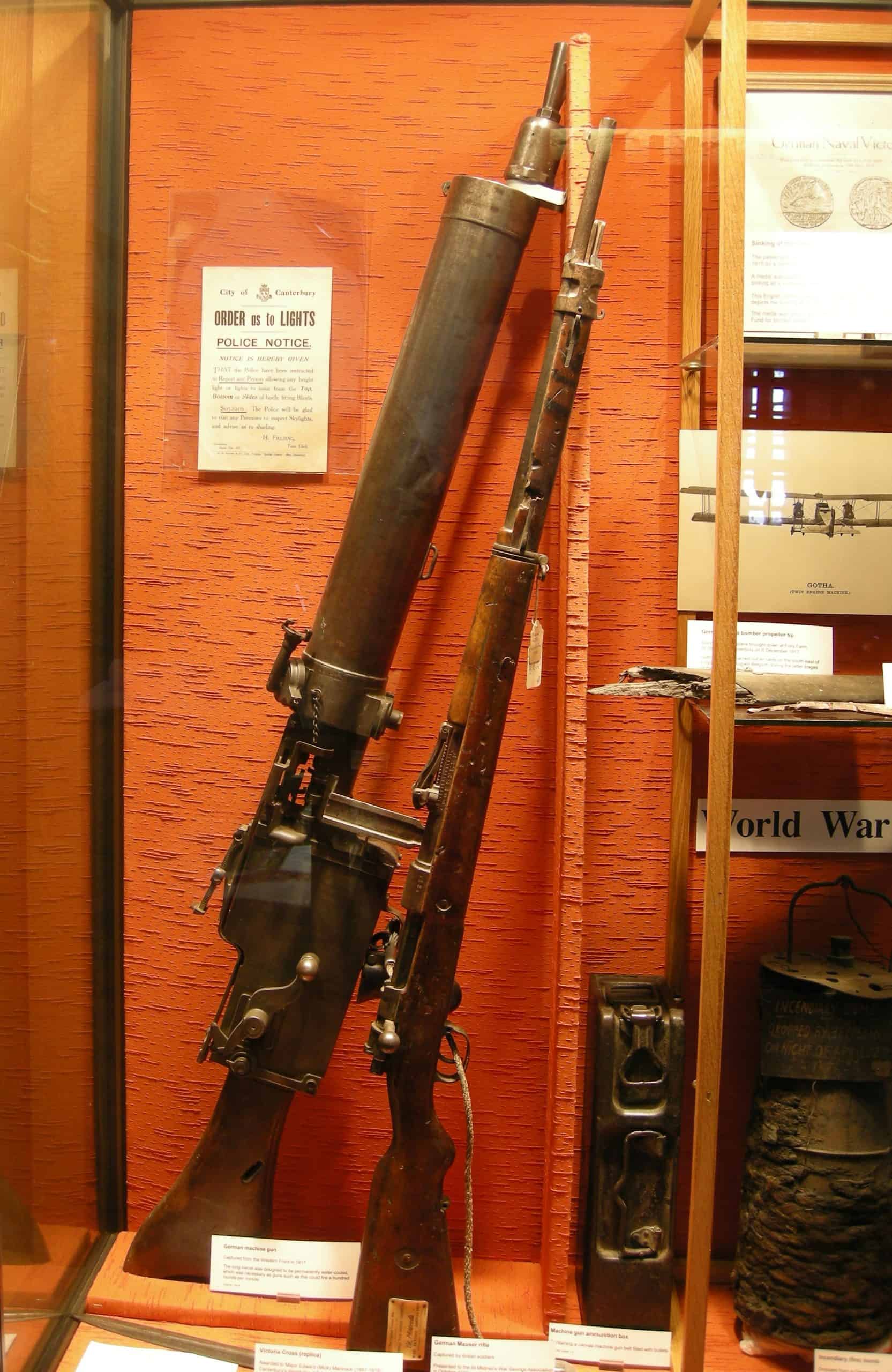

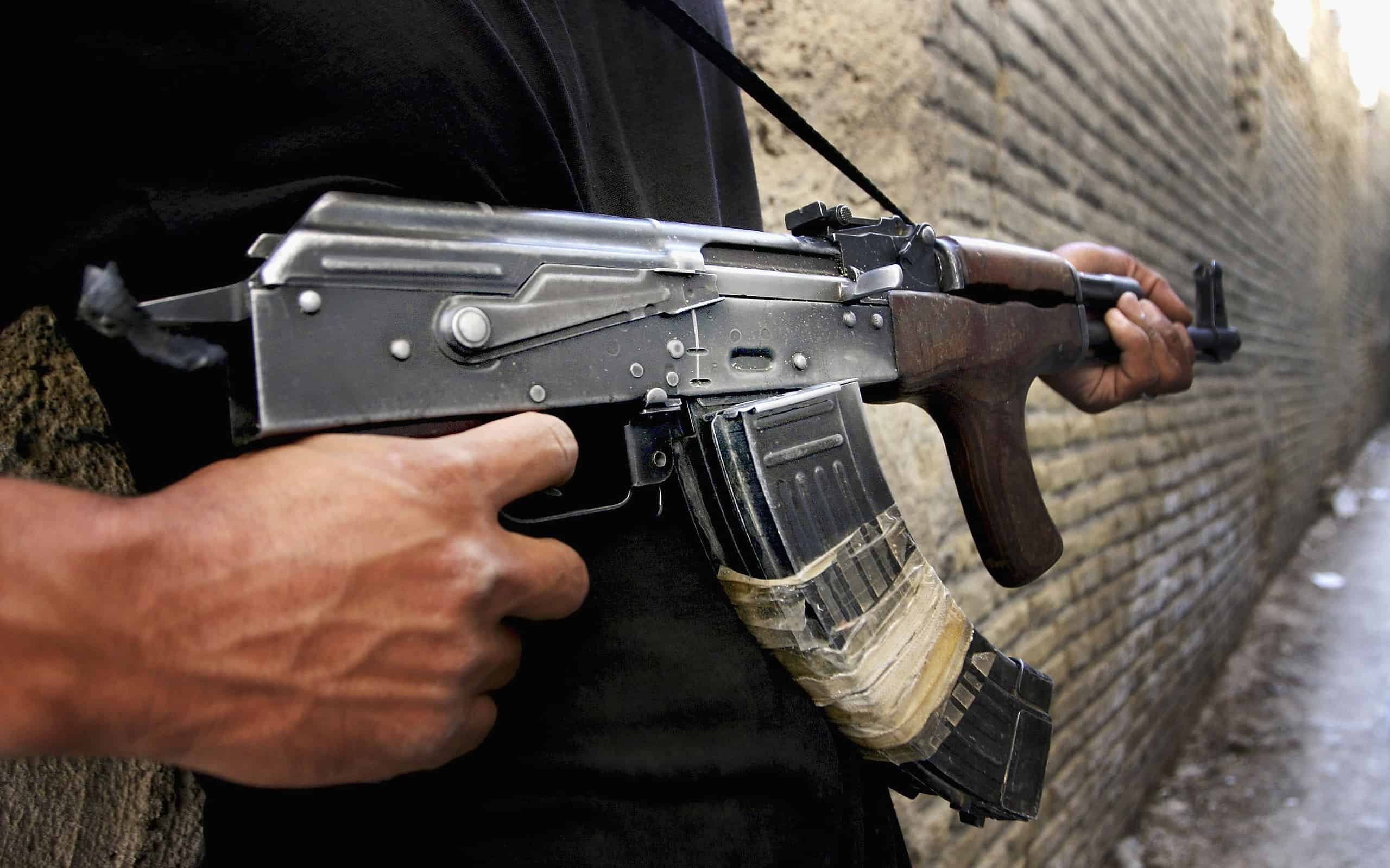
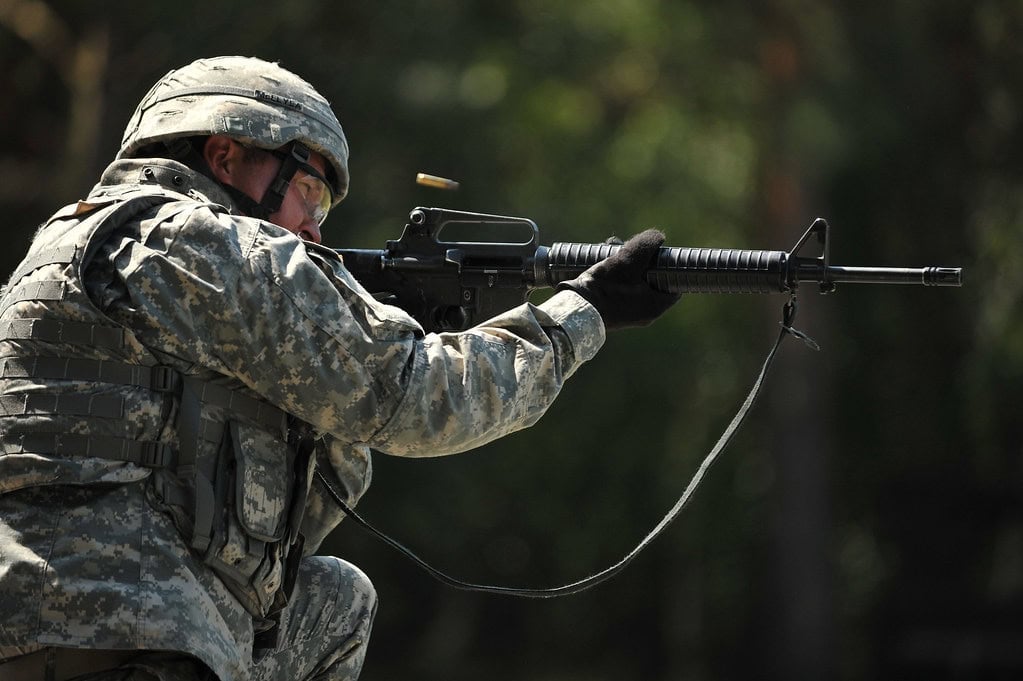



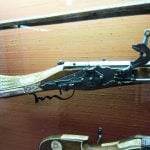
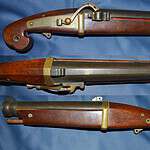
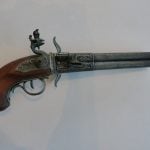


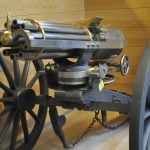
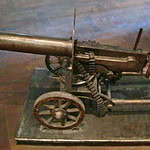
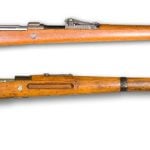

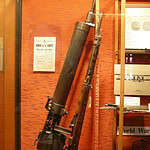

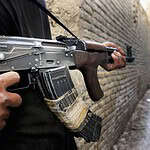
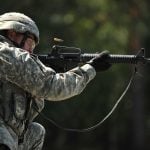

These Guns Changed the Way Armies Fought Forever
Since the introduction of gunpowder to battlefields in the Middle Ages, firearms have been a deciding factor in battles for centuries. However, certain firearm developments shake up the status quo, with opposing armies scrambling when a new technology is introduced. Today, we're looking at some firearms that changed how wars were fought.
Handgonne
The earliest form of firearm was essentially a handheld cannon. At the time of its introduction, cannons were the smallest portable form of firepower available. Given the sheer size of a cannon, it isn't hard to see the efficacy of something like the handgonne. These weren't accurate, being quite primitive in terms of manual of arms. That said, they shook up the battlefield in such a way that every country in Europe began using them.
Arquebus
A natural evolution of the handgonne, the arquebus became a common sight on the battlefield for a short time. The trick here isn't so much an improvement in accuracy, although that is present, but instead a focus on ergonomics. Arquebuses were eventually standardized under the French, using a common caliber for maintaining supply lines on the battlefield.
Matchlocks
Matchlock rifles were developed right alongside the arquebus, as they utilize the same firing mechanism essentially. This is where the rubber meets the road when it comes to innovations in firearm technology. A refinement on matches led to the firing mechanism getting closer to instantaneous, giving way to sheer volume of firepower.
Flintlocks
After the matchlock, there were numerous attempts, like the wheellock, to provide a faster means of reloading and firing a rifle. This led to the development of the flintlock in the 17th century, which would become the standard for firearms over the next two centuries. Flintlocks were easily portable as well, with handheld pistols becoming more popular during this period.
Rifled Muskets
After the percussion cap, the most notable development in firearms that changed the battlefield has to be rifling. By introducing grooves cut into the firearm's barrel directly, you impart more precision, allowing targets to be struck from further distances. Rifled muskets showed their effectiveness in conflicts like the American Civil War, where casualties skyrocketed in open battles.
Minie Ball
The Minie ball was a further refinement of the rifle musket. Utilizing a conical projectile, these balls were essentially a wild deviation from the standard lead shot used for centuries. However, their conical shape was better for aerodynamics, striking targets from further distances. Additionally, the shape gave way to catastrophic wounds, making for an effective new portable firearm.
Gatling Gun
Since the early days of firearms, there has been a push for multi-shot siege weapons. Often, these were cumbersome devices. The first true Gatling gun was a different breed of weapon. Utilizing a crank and a hopper to keep a constant feed of ammunition, emplacements could sling hundreds of rounds a minute out at a group of soldiers.
Maxim Gun
The first true machine gun was a game-changer. Designed by Hiram Maxim in the late 19th century, the Maxim gun became the foundation of something effective. With a maximum firing rate of 500 rounds per minute, Maxim guns were recoil-operated single-barreled weapons. This meant the mechanism was far simpler to maintain on the battlefield, and warfare was effectively changed going into the 20th century.
Mauser Gewehr 1898
In service from 1898 to 1935, the Mauser Gewehr 1898 might be the most influential bolt-action rifle ever devised. Mauser actions became synonymous with bolt actions, something that persists to the current day. Aside from the ease of operation, the Gewehr 1898 was quick to reload and get back in battery, a necessity with machine guns taking the field.
Lee-Enfield Rifle
In England, their spin on the bolt action was developing. The Lee-Enfield rifle wasn't influential necessarily, but what it brought to the table was plenty appealing. British soldiers were taught to rapidly engage targets in something called the Mad Minute, where they'd rattle off 20 shots in 60 seconds. With whole squadrons of men, this was like having a whole company of machine guns.
Machine Guns
After the Maxim gun, machine guns began to grow more robust. Faster fire rates were on offer, alongside lighter overall weapons. This meant instead of a crew of 4 to 6 men like the Maxim gun, you could get away with 2 to 3 people. These were seen in their most horrific state during the Great War, where weapons like the German MG08 could keep the Western Allies cowering in their trenches.
MP 18
The MP 18 wasn't fielded in significant numbers during the First World War. However, it presented a completely different mode of thinking for Western arms manufacturers. A pistol caliber automatic weapon could bridge the gap between machine guns and rifles when it came to sheer volume of fire. By the time the Second World War rolled around, most countries were fielding submachine guns of their own.
AK-47
While the StG44 is often cited as the first true assault rifle, it never saw meaningful deployment numbers during World War 2. Instead, a truer example of a mass-produced assault rifle is Kalashnikov's AK-47. This changed the nature of infantry warfare for good, with many nations still fielding offshoots of this particular rifle. The need for select-fire, accurate rifles was overwhelming going into the Cold War.
M16
The assault rifle was a rousing success, at least in the Eastern bloc. In the West, there was a push toward lighter-caliber assault rifles. Intermediate calibers became the norm after the introduction of the American M16, with many countries in NATO following suit. This has held for the last 70 years, with eventual pivots back to higher power calibers still well under the 7.62 NATO in terms of felt recoil.
Precision-Guided Munitions
The most notable development of the 21 century for firearms is less related to new firing mechanisms and new rifles. Instead, it is all about precision and volume of fire. Precision-guided artillery has become one of the most effective forces on the battlefield. Instead of hoping for a strategic air strike, soldiers in range can simply radio for an artillery strike and wait for impact.
The image featured at the top of this post is ©Roo72, Public Domain, Wikimedia Commons – License / Original
